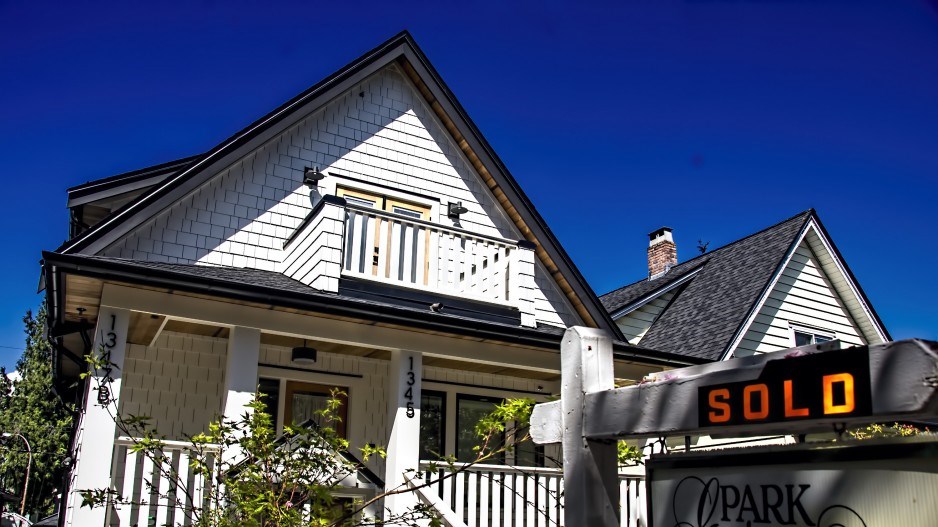B.C. has the highest cost of living of any of the provinces, according to a new report by Westland Insurance.
The insurance firm compared several factors including income, property prices, rent, food and transportation costs. Each score was weighted and indexed to produce a score out of 100.
British Columbia had the highest score of 79 out of 100. The study found that while median income in the province is third highest, at $42,060, it’s only 4.2 per cent of the local media house price. That’s the worst in the country, where the average was 10 per cent. The average house price in B.C. came in at $996,460 in 2022, over double the national average.
It’s not just finding a place to live that draining our bank accounts in this province. B.C. has some of the most expensive dental care, plane tickets and hotel accommodations.
Ontario had the second highest cost of living, with a score of 71, followed by Alberta at 67. While housing was not as expensive in Alberta, people in that province pay some of the highest rates for childcare, groceries and utilities like water and electricity.
Newfoundland and Labrador, PEI and Quebec had the lowest cost of living, based on the criteria. Manitoba, Saskatchewan, Nova Scotia and New Brunswick finished in the middle of the pack.
“Most assume that working in the most populous cities yields a higher income. However, our data contradicts that idea. The average British Columbia and Ontario resident has the lowest capacity to save to buy once living costs are considered, with annual incomes covering less than five percent of the median house price,” said Westland Insurance in a news release.
”In contrast, Newfoundland and Labrador residents’ salaries cover four times that in the same timeframe, meaning this province may be the easiest way to get on the property ladder”.
In Newfoundland and Labrador, the median house price is just under $292,000.
Data used in the report was sourced from Statistics Canada and the 91ԭ�� Real Estate Association.




